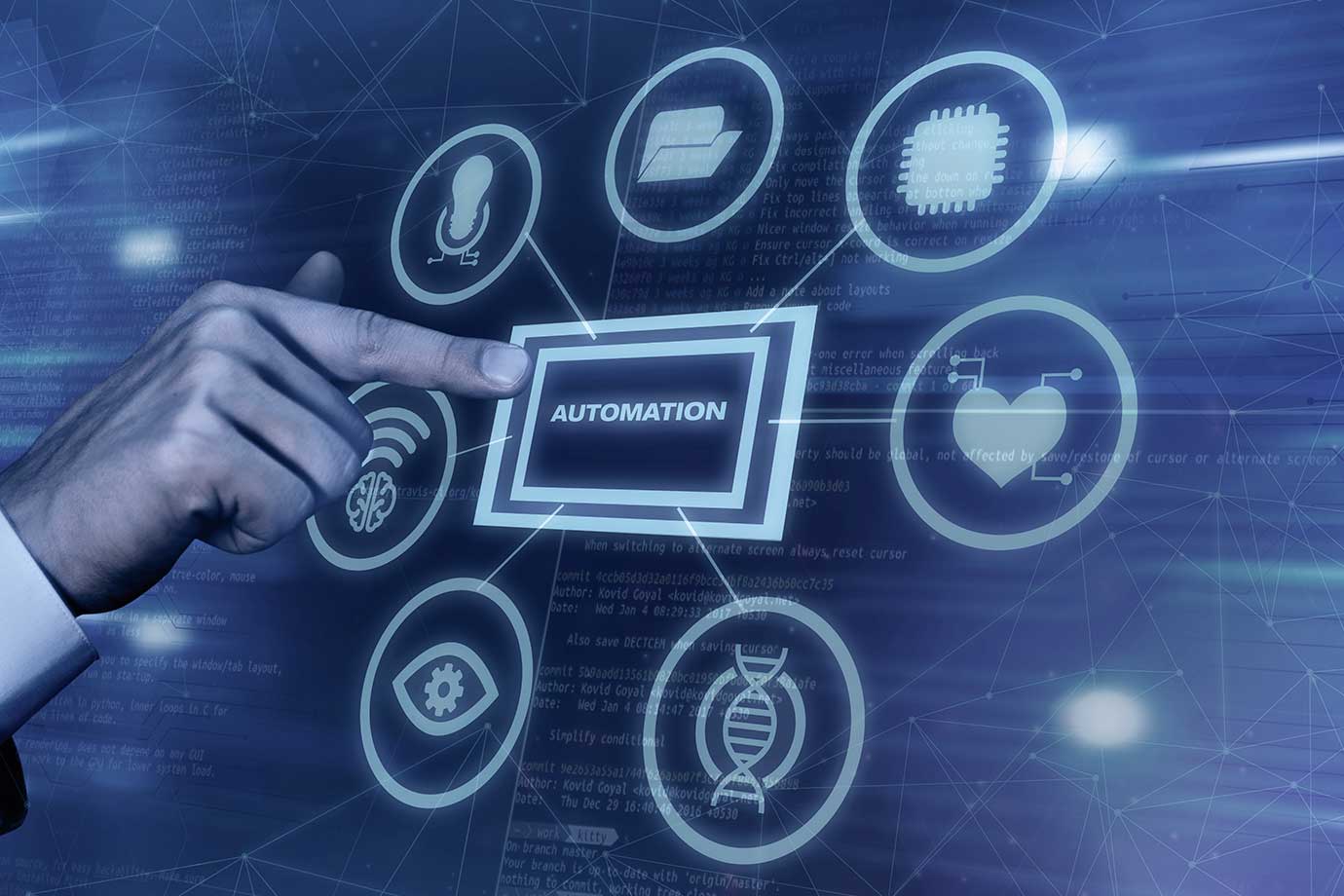Top 10 Workflow Automation Tools Software Developers Must Use in 2025 to Boost Productivity

23 Jul 2025
In 2025, the demand for rapid, reliable software development continues to climb, bringing with it the urgent need to streamline workflows, reduce manual tasks, and maintain high code quality. That’s why workflow automation tools for developers have become more essential than ever.
Whether you're looking to automate build processes, enhance team collaboration, or simplify deployment pipelines, choosing the right tools can be the difference between shipping weekly or scrambling monthly.
This guide covers the top 10 developer workflow automation tools in 2025, comparing platforms and highlighting their strengths for modern software teams.
Why Automation Matters in 2025
Before we dive in, here’s why workflow automation is a must for developers:
- Speed: Faster iteration cycles and reduced manual dependencies
- Consistency: Standardized builds, tests, and releases
- Efficiency: Less time on repetitive tasks, more on problem-solving
- Scalability: Tools scale with your team, not against it
- Integration: Easily integrate workflow automation into the dev pipeline via APIs or third-party platforms
Let’s look at the best solutions available in 2025 to automate everything from CI/CD to code review and testing.
10. GitHub Actions
A favorite among open-source and enterprise teams alike, GitHub Actions offers native automation inside GitHub repositories.
It supports:
- CI/CD pipelines
- Test runners
- Deployment workflows
- Custom action scripts
Ideal for: teams that live inside GitHub
Use it to automate developer workflows with APIs and webhook triggers.
9. GitLab CI/CD
GitLab continues to dominate the CI/CD automation tools comparison in 2025. Its integrated DevOps lifecycle allows for planning, building, testing, and deploying, all within GitLab.
- Built-in container registry
- Auto DevOps for minimal setup
- Real-time feedback and metrics
Ideal for: teams seeking full DevOps within one platform Key player in 2025 software development automation platforms.
8. CircleCI
CircleCI is known for speed and flexibility. It lets you build and test across multiple environments, all while minimizing build time with caching and parallelization.
- Seamless VCS integration
- Docker support
- Flexible resource allocation
Ideal for: startups and scale-ups
Powerful workflow orchestration tools for software engineers.
7. Zapier for Developers
Zapier isn’t just for marketers anymore. With advanced features in 2025, developers can now integrate workflow automation into dev pipelines using Zapier’s custom webhooks, code steps, and API connectors.
- Trigger builds, log errors, or post releases automatically
- Connect GitHub, Slack, JIRA, Jenkins, and more
- Low-code customization
Ideal for: lean teams looking for top workflow tools for developers using low-code automation
6. n8n (Open-source Workflow Automation)
A rising star among workflow automation tools for developers, n8n is a powerful, open-source platform for creating automated workflows using a visual interface.
- Easily connects APIs and services
- Self-hosted or cloud-based
- JavaScript code nodes for flexibility
Ideal for: Devs who want low-code automation with full control
Perfect to automate developer workflows with APIs without vendor lock-in.
5. Jenkins
Still going strong, Jenkins remains a staple in developer workflow automation tools in 2025. Its open-source flexibility and plugin ecosystem make it suitable for complex build and deployment pipelines.
- 1800+ plugins
- Declarative pipelines
- Secure credential management
Ideal for: large, complex dev environments
Often compared in CI/CD automation tools comparison 2025 blogs.
4. Airflow (Apache)
Originally built for data pipelines, Airflow has found a new home in dev workflows. It supports workflow orchestration and automates job dependencies.
- Python-based DAGs
- Task monitoring UI
- Scalable execution
Ideal for: back-end engineers and data-heavy apps
One of the most reliable workflow orchestration tools for software engineers
3. Bitrise (Mobile CI/CD)
For mobile dev teams, Bitrise is a standout. It offers specialized CI/CD pipelines for iOS and Android apps.
- Fast iOS builds
- Device testing
- App store deployment automation
Ideal for: mobile app developers
Adds to the best automation tools for software dev workflow in the mobile space.
2. Buddy
Buddy combines simplicity with power. It allows drag-and-drop pipelines and integrates with major tools like Docker, AWS, and Kubernetes.
- YAML or UI-based pipelines
- Instant rollback features
- Deployment previews
Ideal for: full-stack teams and DevOps beginners
Fits well into dev team process automation tools lists for 2025.
1. Terraform + GitOps (Combo Stack)
Infrastructure as Code (IaC) continues to dominate, and the combination of Terraform and GitOps workflows is a productivity powerhouse in 2025.
- Manage cloud resources as code
- Sync with Git for instant rollbacks
- Automate infra deployment pipelines
Ideal for: DevOps-focused teams scaling across cloud platforms
This stack is at the forefront of 2025 software development automation platforms.
How to Choose the Right Automation Tools
Choosing the best tool for your team depends on:
- Your tech stack (Web, Mobile, Backend, Full-stack)
- Team size (Solo dev vs large team)
- Code hosting (GitHub, GitLab, Bitbucket)
- Deployment method (Containers, Static Hosting, Cloud Functions)
For most teams, a mix of tools, one for CI/CD, one for orchestration, and one for API automation, is ideal.
Final Thoughts: Building a Modern Developer Pipeline
Automation is no longer optional. If you want to move fast, maintain code quality, and scale your team, you need to integrate workflow automation into your dev pipeline now, not later.
These top 10 tools give you the flexibility, integration power, and time-saving capabilities you need to succeed in 2025 and beyond.





